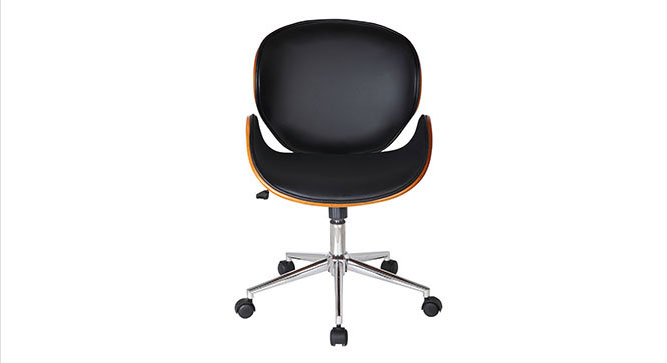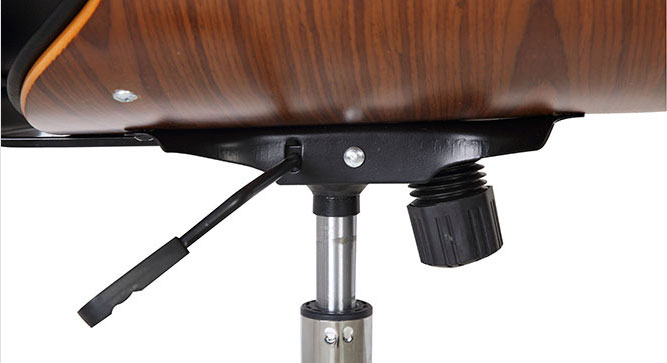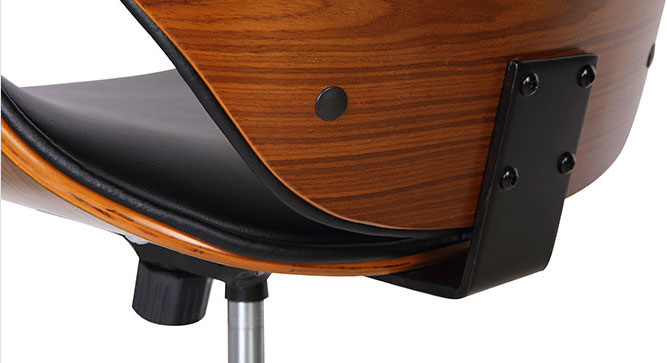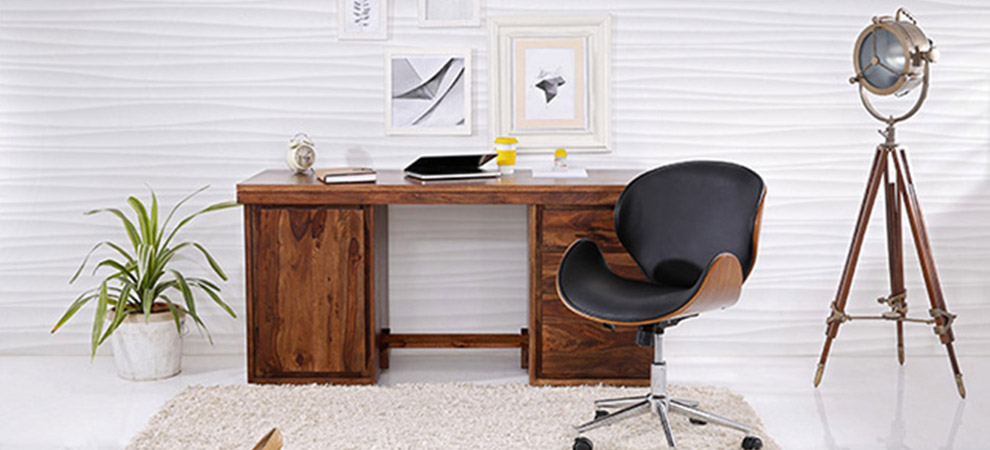
Setting Up A Home Office For Yourself? Here's All You Need To Know About Study Chairs
. July 25, 2016 .
The right study chair is like a sturdy partner, comforting and supportive. Wrong chairs are like a bad romance. Uncomfortable to be in, and a general pain in the back (side). While we invest a fair bit of thought in procuring the right desk for the study and home office, we often overlook the all-important chair. Here is our checklist to find one that is ergonomic, posture-friendly and keeps your musculoskeletal system in good shape.
|
Does the chair have your back?
|
| A chair with a good backrest supports key regions of your back – lumbar, mid and upper back. It keeps you from slouching forward and putting your lower back in a world of pressure and strain. An ideal backrest should be 12 to 19 inches wide, and curved to match the curve of your spine. Cushioned support and curves on the back of the chair keep the lumbar region from getting flattened. (A flattened lumbar is not a happy one.) Adjustable lumbar support is recommended if the chair has multiple users. |
|
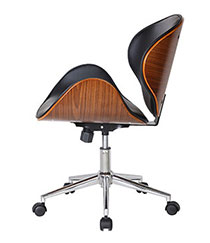 |
|
The anatomy of a study chair
|
| Adjustable armrests which can be raised or lowered, ensure your arms and shoulders are relaxed. The elbows and lower arms need to rest lightly on the armrests as you type or read. A chair that swivels smoothly allows you to effortlessly access all corners of your desk. |
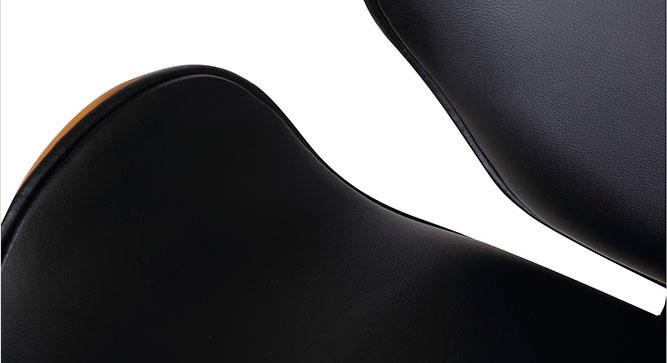 |
| Chairs come in a range of materials and coverings from vinyl, leather and cloth to felt and art-leather. If your study is not air-conditioned, steer clear of leather or art leather. Choose a chair with a breathable fabric that will keep you ventilated. |
